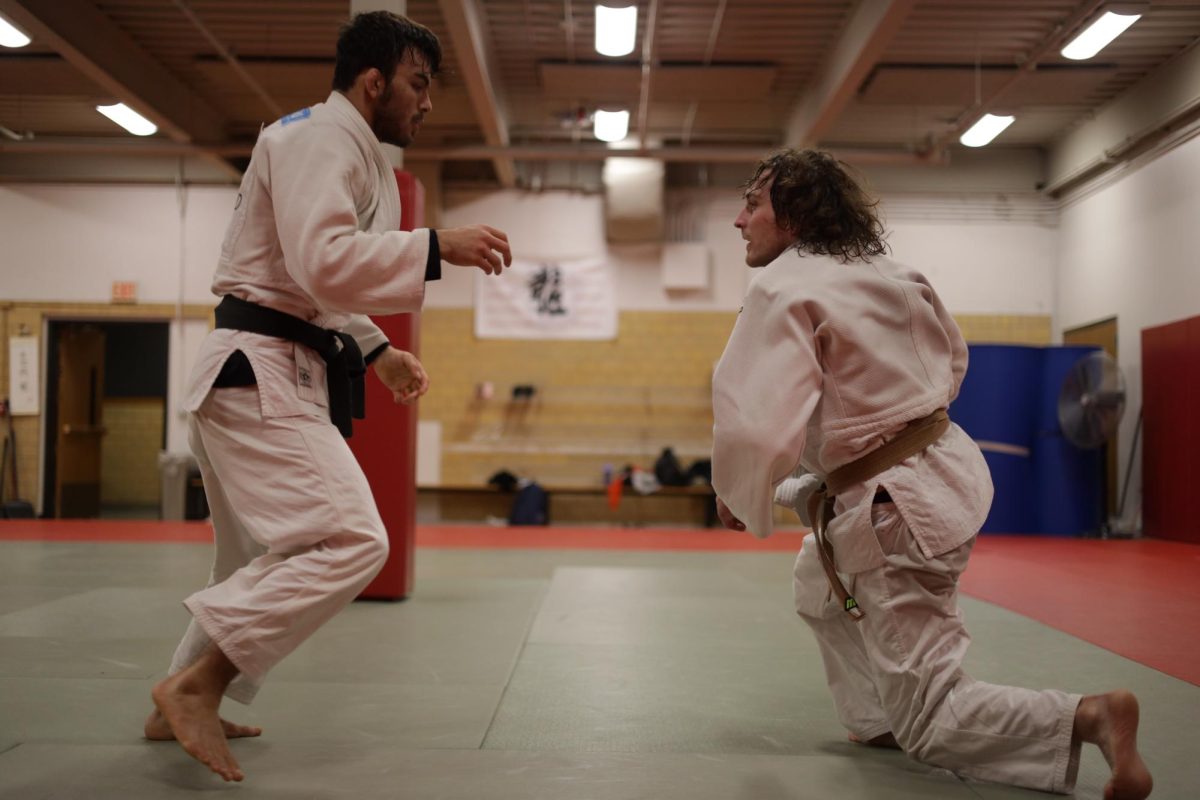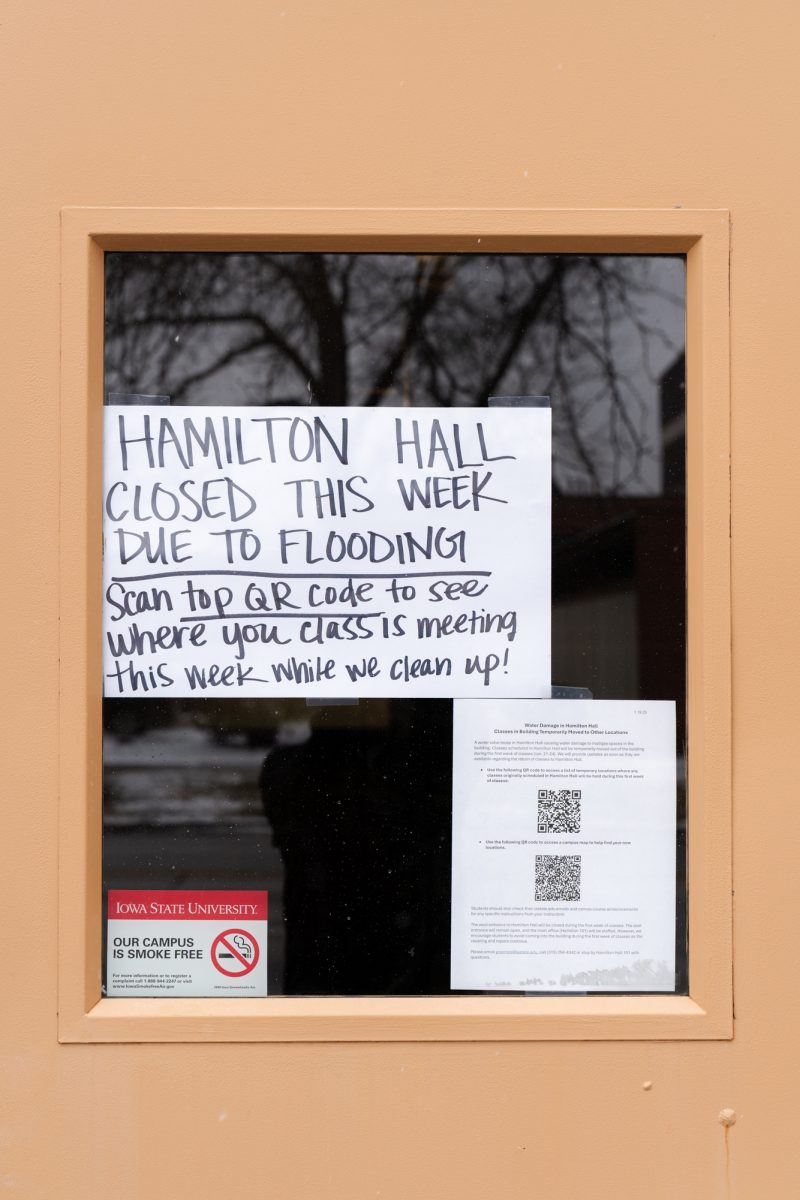‘Saturday Night Fever’ too close to gaudy disco era
February 23, 2004
Friday night’s performance of “Saturday Night Fever” at Stephens Auditorium came off the same way the 1970s disco era seems to those who were never there — gaudy, glitzy and without a lot of substance.
The storyline follows Tony Manero, a struggling kid from New York who finds his niche dancing in the local club, 2001 Odyssey. It closely follows the 1977 movie of the same name starring John Travolta, although the kids in the musical found a lot more occasions to break into song and dance.
The show has mediocre singing and acting and a flimsy storyline; fortunately, these distractions are only breaks between the high-energy dance scenes, which help this musical stay alive.
Tony Gonzalez, who played Manero, looked and sounded an awful lot like John Travolta. Unfortunately, he seemed to have been hired for his resemblance to the original star rather than for his singing or acting talent. Stephanie Mangano, Tony’s high-class dancing partner, had a voice slightly better than Gonzalez, but when any of the stars sang, it was easy to become impatient for another dance scene.
Tony’s loyal girlfriend-wannabe Annette, played by Heidi Suhr, gave the best vocal performance of the night with “If I Can’t Have You.” Suhr also showed the most believable acting performance, coming off as perfectly pathetic as she idolized Tony, who kept giving her the cold shoulder.
Another performance of note came from Brandon Nix, who played Bobby C., Tony’s overlooked friend who spent much of the musical stressing because he’d gotten his girlfriend pregnant. Although his jerkiness during “Tragedy” was a little odd, he did manage to convey his intense distress with the little time he had alone on stage.
The sets and costumes looked slightly updated, but retained the feel of the disco era — bright, sparkly and hard on the eyes. A giant disco ball used in the 2001 Odyssey scenes actually made it difficult to look directly at the stage — especially distracting during Tony and Stephanie’s big dance competition performance.
A scene-stealer every time he appeared was Monty, played by Shea Rafferty, the hot-pants-and-platform-shoe-wearing Odyssey DJ and perverted dance instructor.
Younger viewers may have glimpsed images of “The Simpsons'” Disco Stu in Rafferty’s performance, which included a lot of pulling on spandex that had ended up in weird places on his body.
Without a doubt, the real stars of the musical were the dancers, who showed there’s more to disco than the hustle. The salsa competition performance of Cesar and Maria, played by Tony Guerrero and Michelle Marmolejo, was the most entertaining couple of minutes in the entire production.
The music, which stayed true to the familiar sounds of the Bee Gees, was another bright point and helped even skeptics begin to feel there may have been something to all the jive talkin’. Still, it seemed one needed to actually live through the decade to appreciate such classics as “Disco Duck.” Although the audience was encouraged to get up and boogie along with the cast at the end of the show, few took the challenge.
For those unsure if the disco scene is for them, the movie remains a better bet — and it also gives the chance to practice Travolta-like poses in private.






